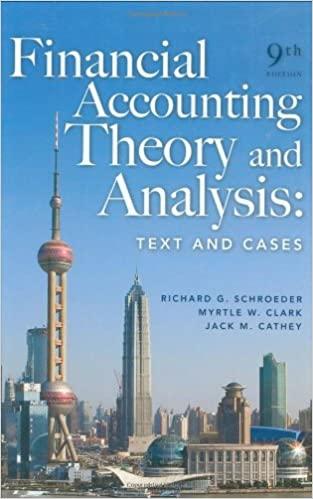Financial statements for Allendale Company follow. ALLENDALE COMPANY Balance Sheets As of December 31 2019 2019 $ 26,000 22,000 61,000 146,000 25,000 280,000 32,000 265,000 30,000 $ 607,000 $ 22,000 8,000 53.000 154,000 10,000 247.000 25,000 250,000 25,000 $547,000 Assets Current assets Cash Marketable securities Accounts receivable (net) Inventories Prepaid itens Total current assets Investments Plant (net) Land Total assets Liabilities and Stockholders' Equity Liabilities Current liabilities Notes payable Accounts payable Salarjes payable Total current liabilities Noncurrent liabilities Bonds payable Other Total noncurrent liabilities Total liabilities Stockholders' equity Preferred stock, (par value $10, 41 cumulative, non participatingi 8,000 shares authorized and issued) Common stock (no par 50,000 shares authorized 10,000 shares Land) Retained earnings Total stockholders' equity Total liabilities and stockholders' equity $ 47,600 83,800 23,000 154,400 $ 19,300 70.000 17,000 106,300 120,000 26,000 146,000 300, 400 120,000 21.000 141,000 247,300 80.000 146,600 306,600 $607,000 80,000 80,000 139,700 299.700 $507.000 2018 $410,000 9,000 419,000 ALLENDALE COMPANY Statements of Income and Retained Earnings For the Years Ended December 31 2019 Revenues Sales (net) $430,000 Other revenues 12,000 Total revenues 442,000 Expenses Cost of goods sold 215,000 Selling, general, and administrative 75,000 Interest expense 14,000 Income tax expense 123,000 Total expenses 427,000 Net earnings (net income) 15,000 Retained earnings, January 1 139,700 Less: Preferred stock dividends 3,200 Conmon stock dividends 4,900 Retained earnings, December 31 $146,600 163,000 70,000 13,200 122,000 368, 200 50,800 97,000 3. 200 4.900 $139,700 Required Calculate the following ratios for 2019 and 2018. Since 2017 numbers are not presented do not use averages when calculating the ratios for 2018. Instead, use the number presented on the 2018 balance sheet. a. Working capital. b. Current ratio. (Round your answers to 2 decimal places.) c. Quick ratio. (Round your answers to 2 decimal places.) d. Receivables turnover (beginning receivables at January 1, 2018, were $54,000). (Round your answers to 2 decimal places.) e. Average days to collect accounts receivable. (Round your intermediate calculations to 2 decimal places and your final answers to the nearest whole number.) f. Inventory turnover (beginning inventory at January 1, 2018, was $160,000). (Round your answers to 2 decimal places.) g. Number of days to sell inventory. (Round your intermediate calculations to 2 decimal places and your final answers to the nearest whole number.) h. Debt to assets ratio. (Round your answers to the nearest whole percent.) i. Debt to equity ratio. (Round your answers to 2 decimal places.) j. Number of times interest was earned. (Round your answers to 2 decimal places.) k. Plant assets to long-term debt. (Round your answers to 2 decimal places.) I. Net margin. (Round your answers to 2 decimal places.) m. Turnover of assets. (Round your answers to 2 decimal places.) n. Return on investment (Round your answers to 2 decimal places.) 0. Return on equity. (Round your answers to 2 decimal places.) p. Earnings per share. (Round your answers to 2 decimal places.) q. Book value per share of common stock. (Round your answers to 2 decimal places.) T. Price-earnings ratio (market price per share: 2018. $12.75: 2019, $14.50). (Round your intermediate calculations and final answer to 2 decimal places.) S. Dividend yield on common stock. (Round your answers to 2 decimal places.) Answer is not complete. $ 2019 125,600 1.81 0.71 724 times 47 days 2018 140,700 232 0.78 7.83 times 46 days times times days days 0.47 0.47 Working capital Current ratio Quick ratio Receivables turnover Average days to collect accounts receivable Inventory tumover Average days to sell inventory Debt to assets ratio Debt to equity ratio Number of times interest eamed Plant assets to long-term debt Net margin Asset turnover Return on investment Return on equity Earings per share Book value per share Price-earnings ratio Dividend yield time 1.81 0.03 1.37 0.49 1.50 8.89 5 30 per share % per share per share per share










